Introduction to RF Generators
If you’ve ever wondered how high-frequency energy is generated for things like plasma processing or even medical treatments, you’re thinking about RF generators. These devices create controlled radio frequency (RF) signals, usually in the range of kilohertz (kHz) to gigahertz (GHz). Whether you’re new to the concept or you’ve worked with one in a lab or factory, understanding how they work is crucial for using them safely and effectively.
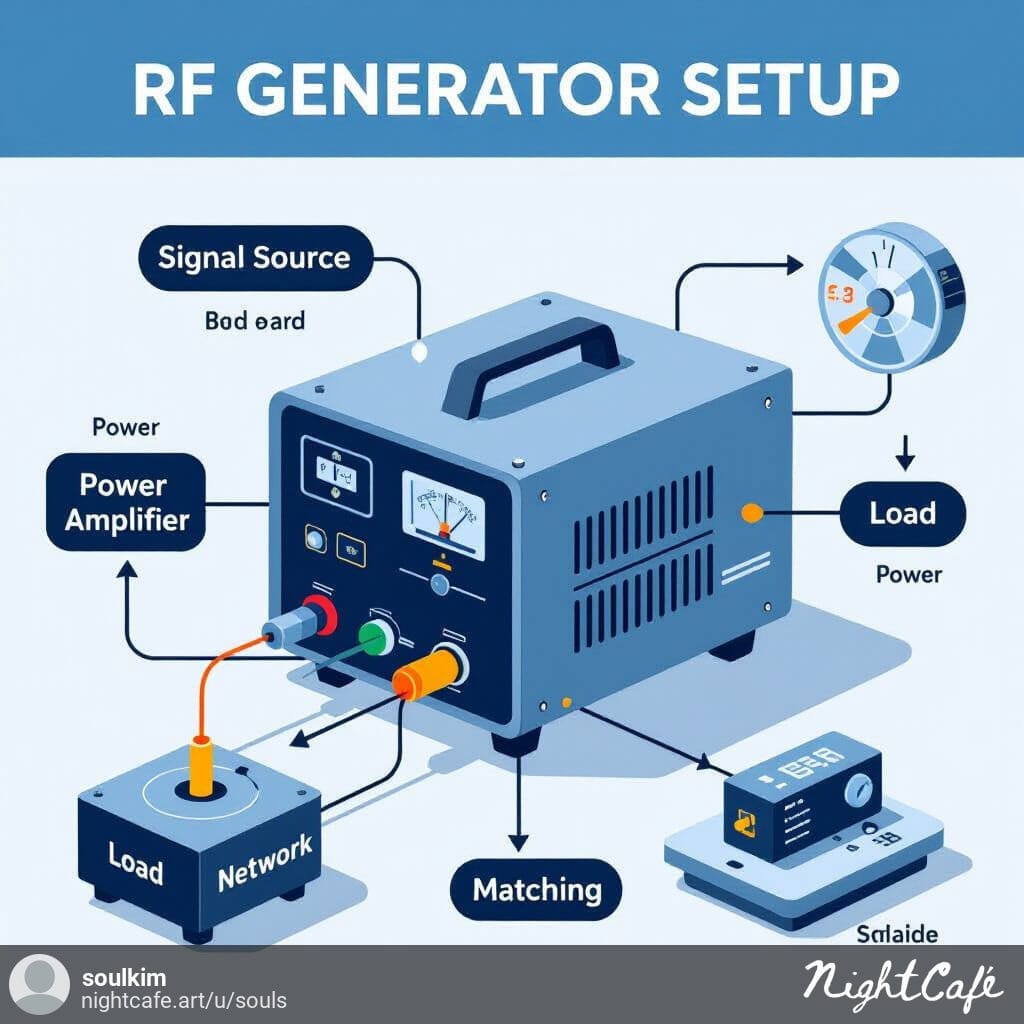
Basic Principles of RF Power
So, how do these things work at a fundamental level? It all comes down to three main ideas: frequency, voltage, and impedance.
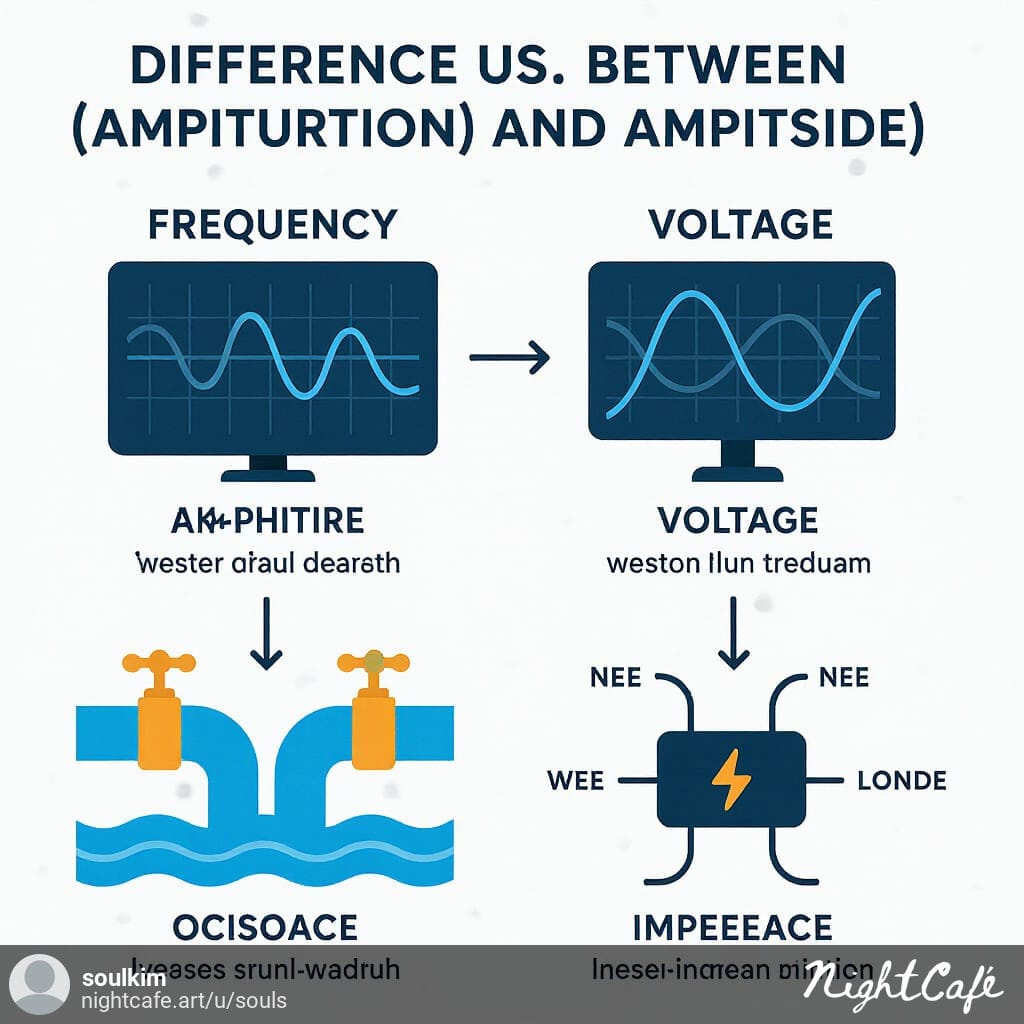
- Frequency tells you how fast the signal is oscillating.
- Voltage shows how strong the signal is.
- Impedance is like the resistance for AC signals—matching it properly is key to avoiding wasted energy.
When these parameters are controlled just right, you can send RF energy into a system efficiently and consistently. That’s what makes an RF generator powerful—not just the signal itself, but the control behind it.
Key Components of an RF Generator
An RF generator isn’t just one big magic box. It’s a combination of components that each do a specific job:
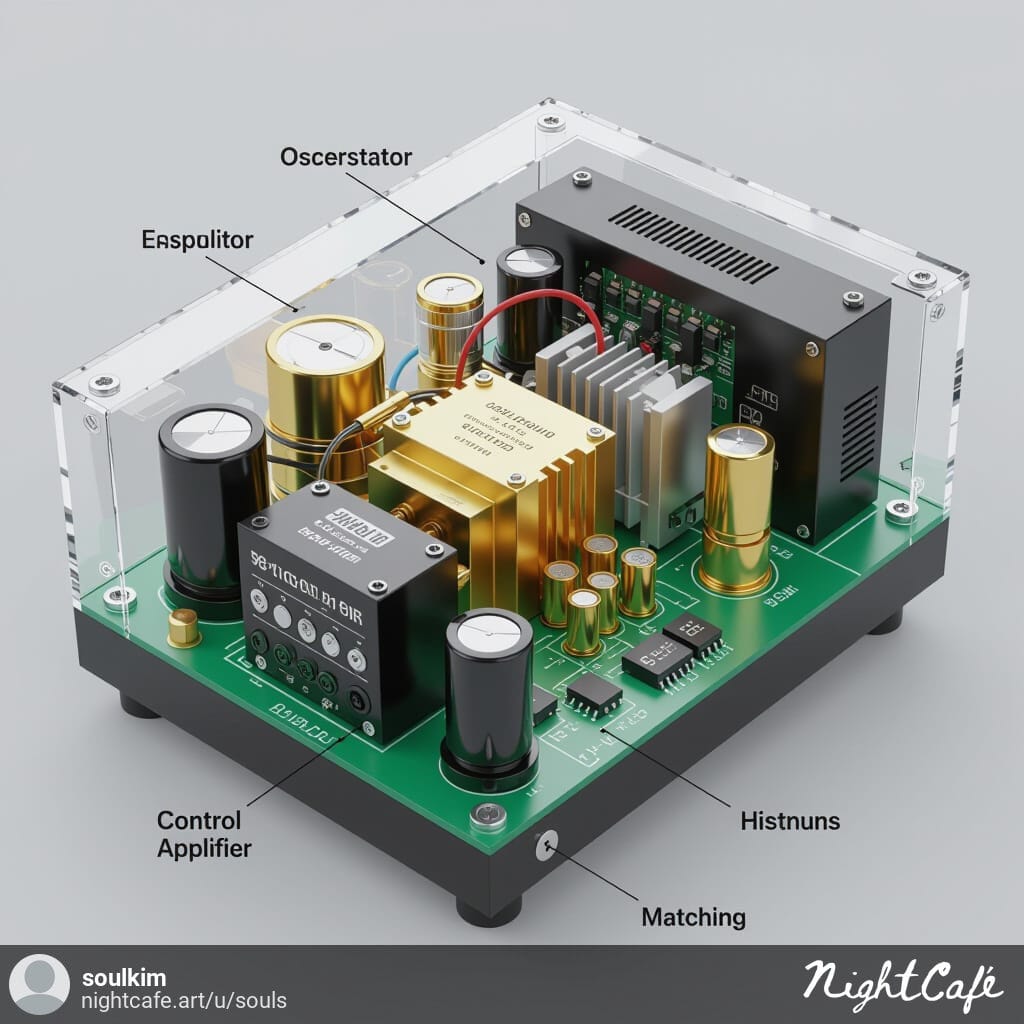
- The oscillator sets the frequency.
- The amplifier gives the signal enough power.
- The matching network makes sure all that power actually gets delivered to the load, without bouncing back.
- And the control interface lets the user tweak settings and monitor performance.
If one of these parts isn’t doing its job, you won’t get clean, usable RF energy.
Types of RF Generators
Not all RF generators are built the same. Depending on what you need, there are different styles:
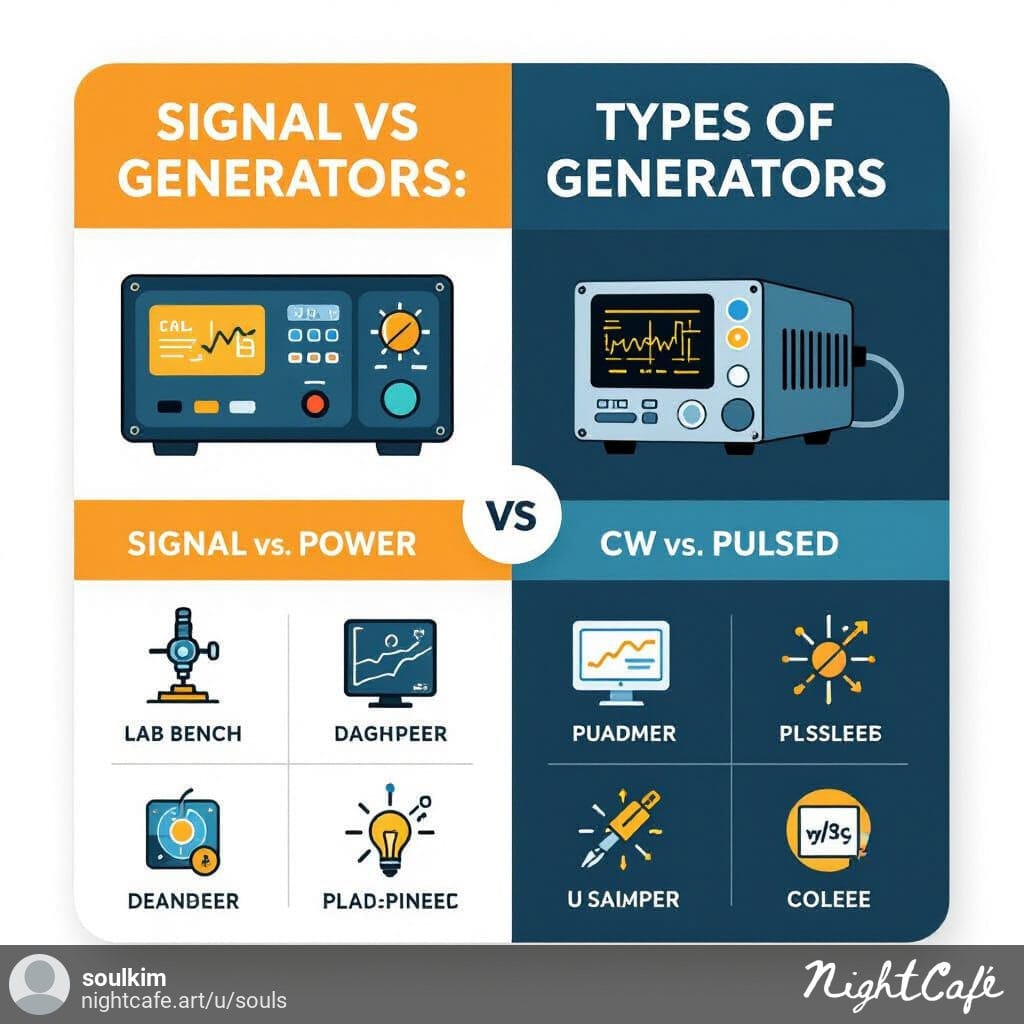
- Signal generators are for low-power testing and research.
- Power generators are built for serious output—think plasma chambers or industrial tools.
- Analog models are simpler and often cheaper, but digital models let you do things like precise modulation and remote control.
- And depending on whether you need a steady stream or a pulse, you’ll choose between Continuous Wave (CW) and Pulsed RF.
Knowing the difference helps you avoid using a lab toy when you actually need a production-grade workhorse.
How RF Generators Work
Here’s the basic idea:
You start with a clean signal from an oscillator → then boost it with a power amplifier → pass it through a matching network → and send it to your load, like a plasma source or RF ablation tool.
But it doesn’t stop there. The generator constantly checks if too much power is being reflected back (which can damage your system), and adjusts itself in real time. It’s like having a smart assistant watching your output 24/7.
Applications of RF Generators
RF generators are everywhere once you start noticing them:
- In semiconductor fabs, they power plasma reactors for etching and deposition.
- In medical equipment, they’re used in devices like RF ablation systems to destroy tissue safely.
- In telecoms, they’re part of testing and transmitting RF signals.
- And in industrial surface treatment, they generate plasma to clean or modify materials.
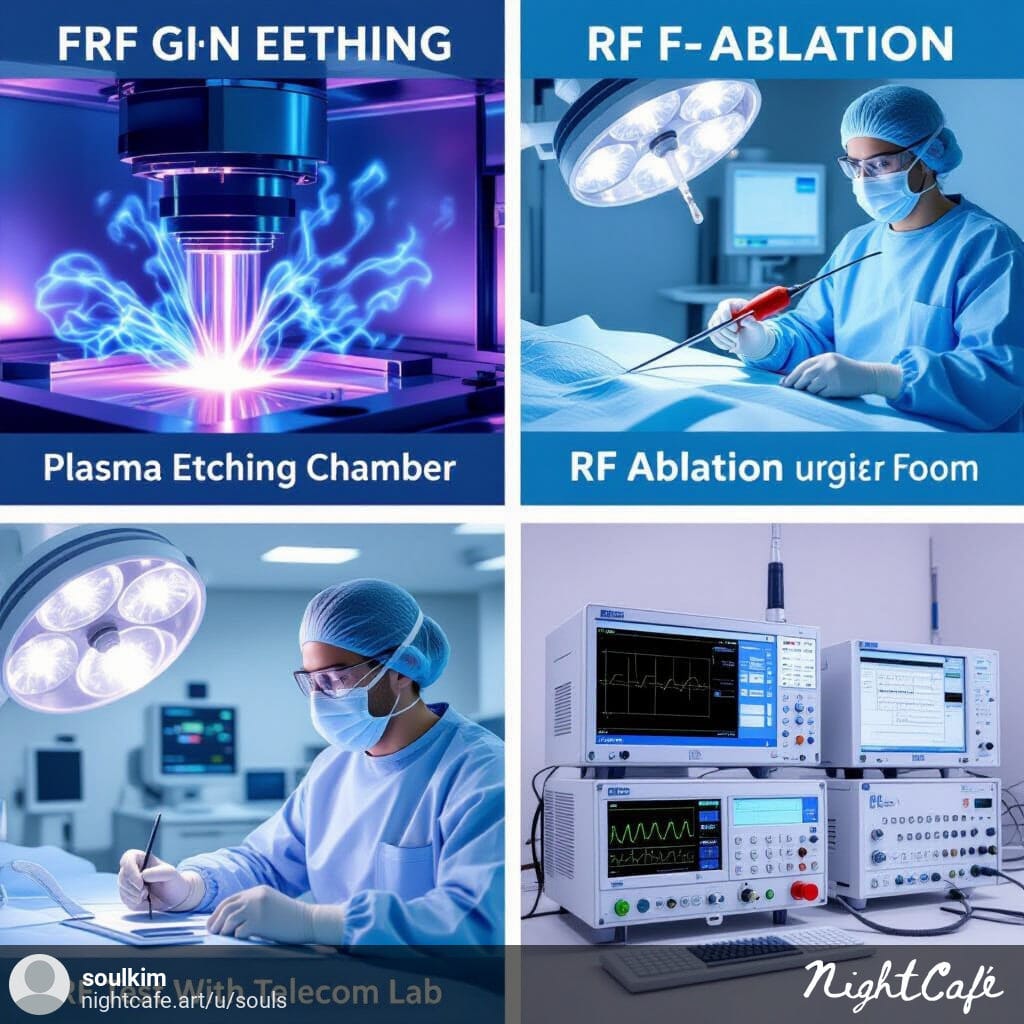
Each application has different needs, but the core technology is often surprisingly similar.
Choosing the Right RF Generator
Choosing the right model isn’t just about price. Think about:
- How much power do you need?
- What frequency range are you working in?
- Does your system need automatic impedance matching?
- How will you control it—manually or via software?
- And don’t forget cooling. Some systems need water cooling once you go above a certain power level.
Ask yourself these questions up front, and you’ll avoid a lot of headaches later.
Common Challenges and Troubleshooting
Things can go wrong. Some of the most common problems are:
- Reflected Power: If your impedance isn’t matched right, energy bounces back and can damage the amplifier.
- Overheating: Happens if your cooling isn’t up to the task.
- EMI (Electromagnetic Interference): Can mess with nearby systems if shielding isn’t done properly.
- Control Errors: From bad firmware, communication issues, or just misconfigured settings.
The best way to deal with problems is to design with them in mind and monitor everything in real time.
Advanced Engineering Considerations
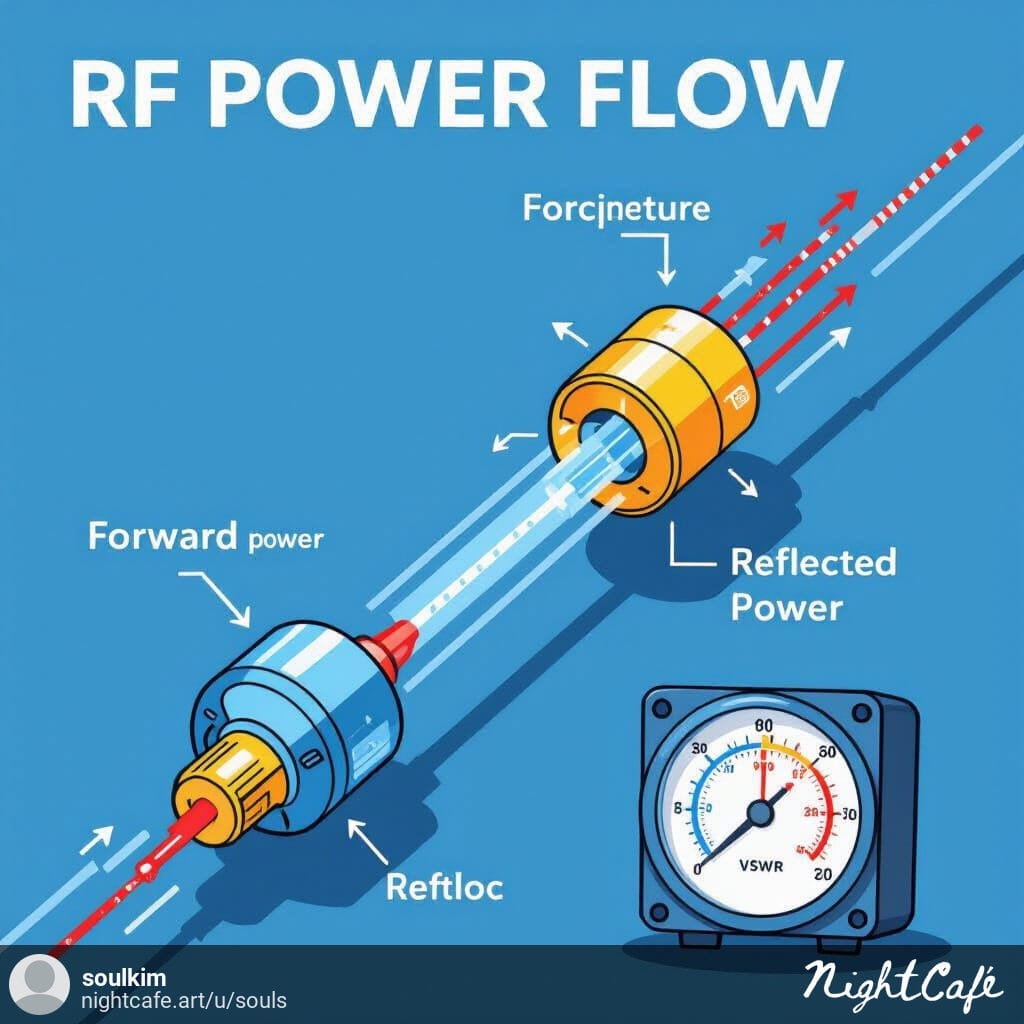
Once you’ve got the basics down, there’s a whole world of advanced topics:
- Automation: Integrate your RF generator into PLC or SCADA systems.
- Diagnostics: Monitor power levels, reflected energy, temperature—all in real time.
- Custom Design: Some applications need very specific matching networks or enclosure types.
- Dynamic Load Handling: If your load changes frequently, your RF generator better be smart enough to keep up.
This is where engineering teams can really add value—by tailoring the generator to the system, not the other way around.
Conclusion
RF generators might seem intimidating at first, but once you break them down, they’re just a smart combination of signal control, amplification, and matching. Whether you’re just getting started or managing a full-scale plasma process line, understanding how these machines work will help you make better technical decisions—and avoid expensive mistakes.

Leave a Reply